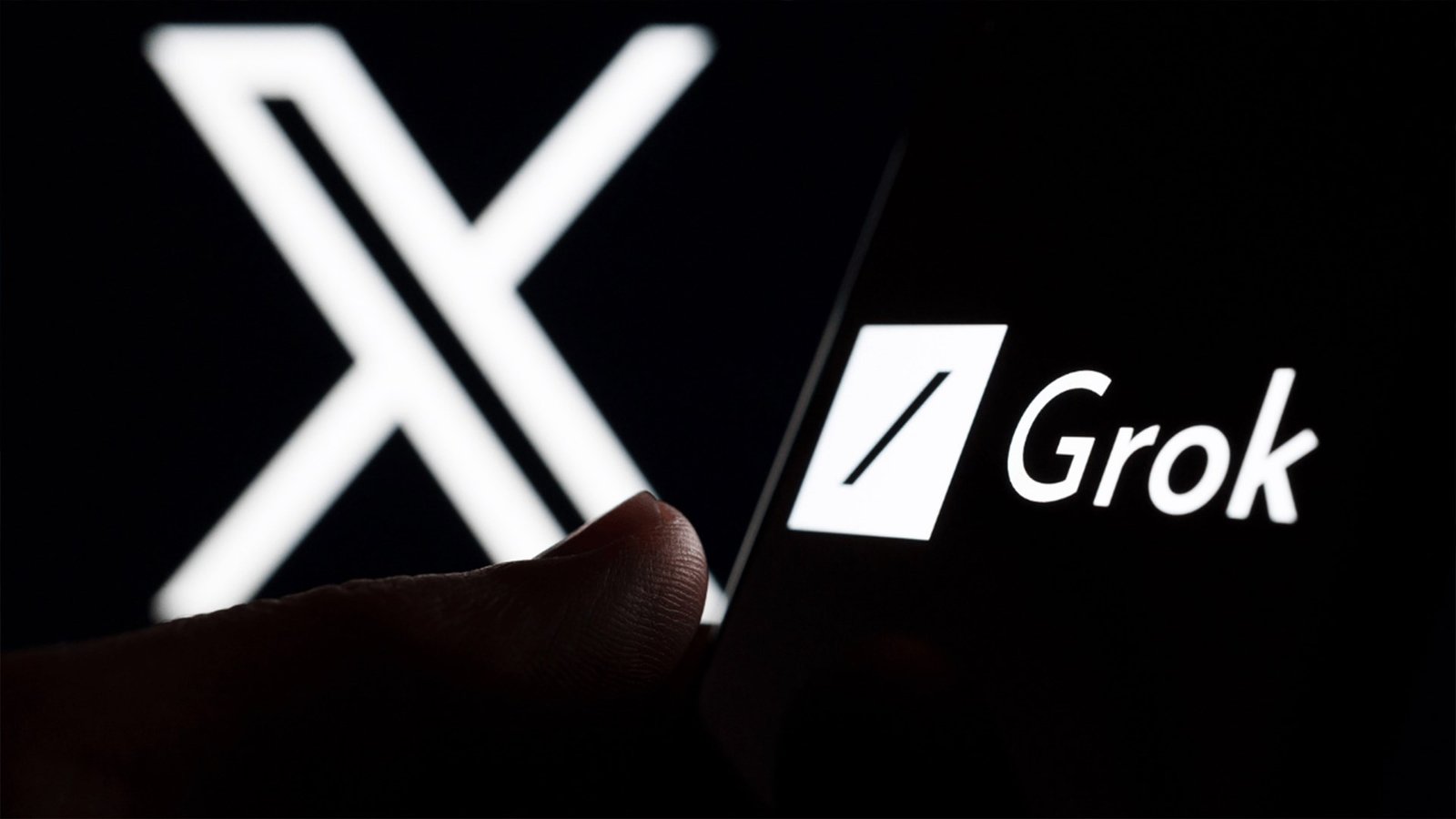xAI’s next-generation AI, Grok 3, release date disrupted

Exciting developments in the field of artificial intelligence are often crowned with revolutionary new models. However, recently, the failure to present these models on the promised dates has become a noticeable trend. This time on the stage is Grok 3, the next generation model of Elon Musk‘s artificial intelligence company xAI. Grok 3, which Musk said would be ready ‘by the end of 2024’, is still absent despite the end of the year.
Grok 3 failed to hit the market
Grok 3 was defined as a state-of-the-art artificial intelligence model that Musk would integrate into the social media platform X, with the ability to analyse visuals and respond to questions. The model, which was stated to be trained with xAI’s massive GPU cluster, was expected to compete with rival models such as OpenAI’s GPT-4 and Google’s Gemini.
“After training on 100,000 H100s, Grok 3 will be something really special by the end of the year, ’ Musk said in a post last July. Musk also used the phrase “Grok 3 will be a big leap forward ’ in the middle of last month.
However, today is 3 January and Grok 3 has not yet arrived, nor is there any sign that it will arrive soon. According to the reports, it is even suggested that Grok 2.5may be released as an intermediate model before Grok 3. Grok 2 is currently available free of charge to X users. On the other hand, it is a known fact that Elon Musk is very bad about dates and can be inconsistent. Musk is often quite optimistic in his statements about product launch dates.
Similar delays exist in others
This delay experienced by Musk is not limited to xAI. Last year, the artificial intelligence company Anthropic was unable to launch the Claude 3 .5 Opus model, which it announced as the successor to the Claude 3 Opus model. Giant companies such asGoogle and OpenAI were reported to have similar problems with their advanced models.
This may point to a new frontier facing the world of artificial intelligence. Traditionally, training models with more data and more powerful hardware greatly improved performance. However, it is stated that the improvements achieved with this method are now gradually decreasing and companies are forced to turn to alternative techniques.